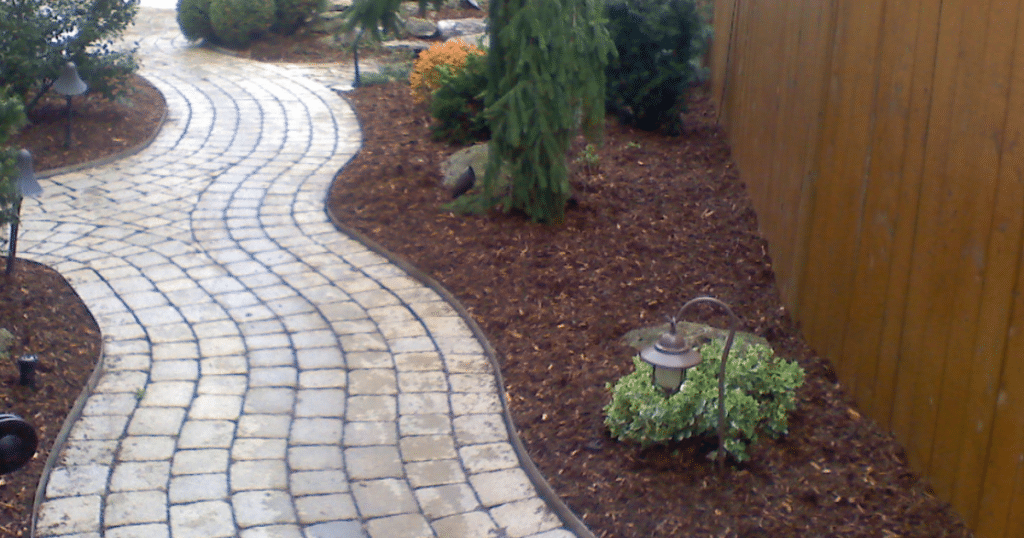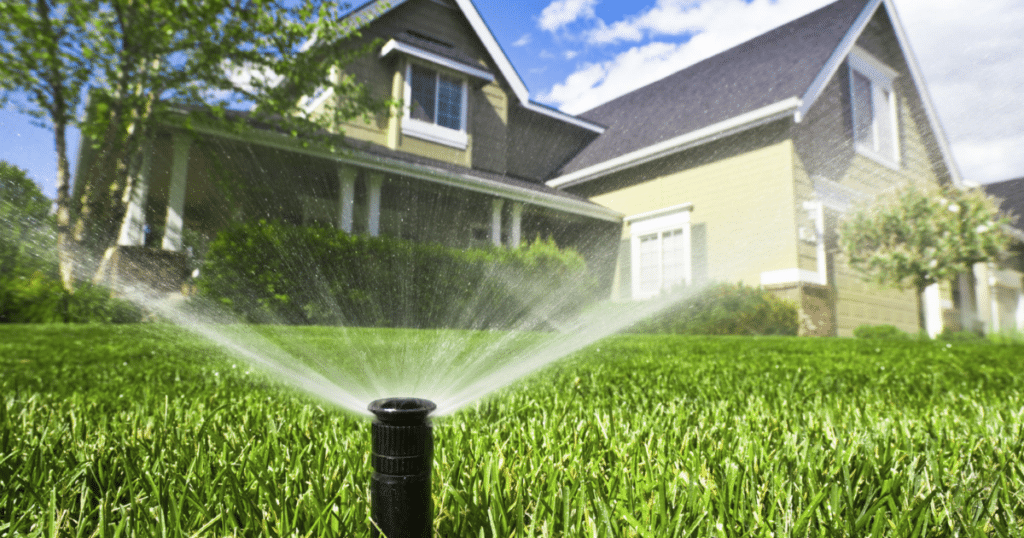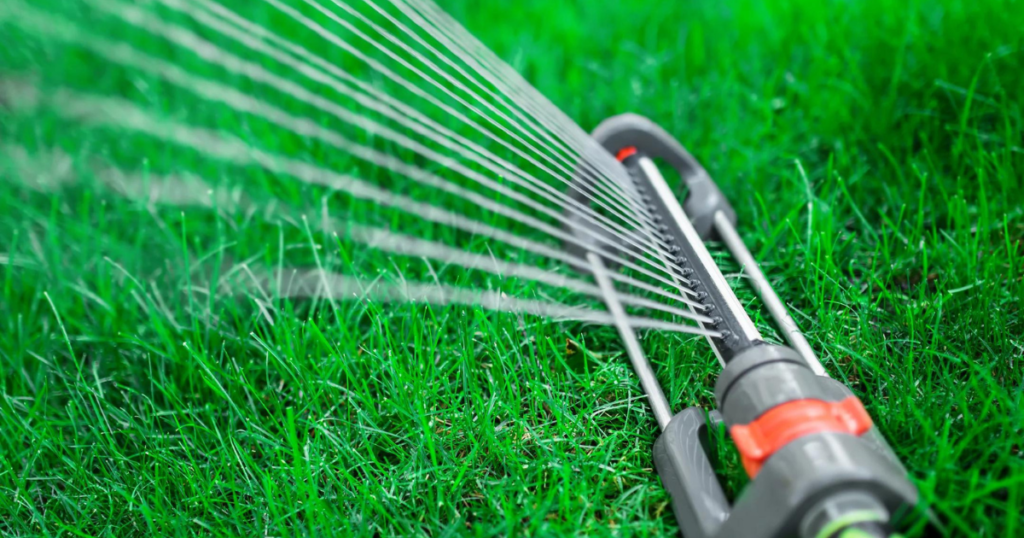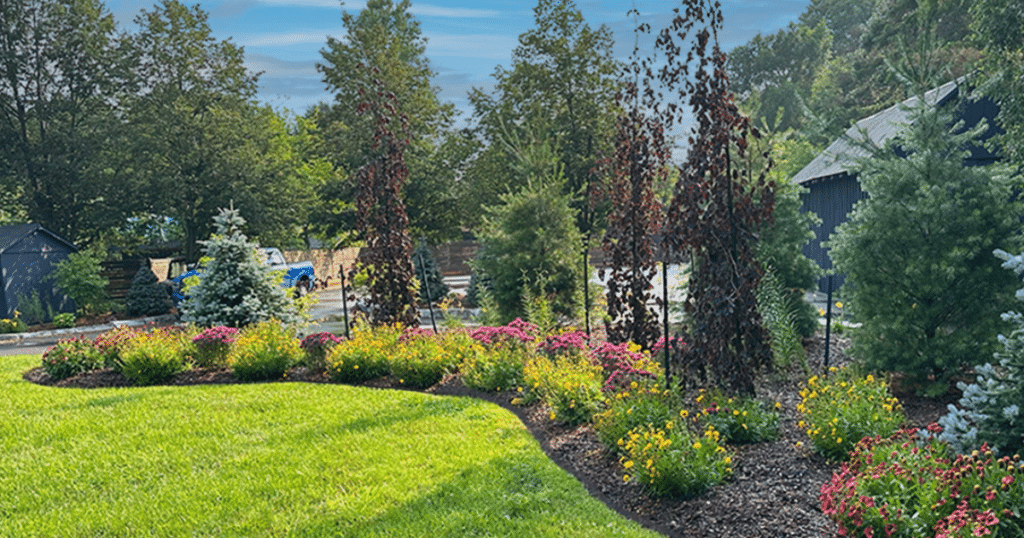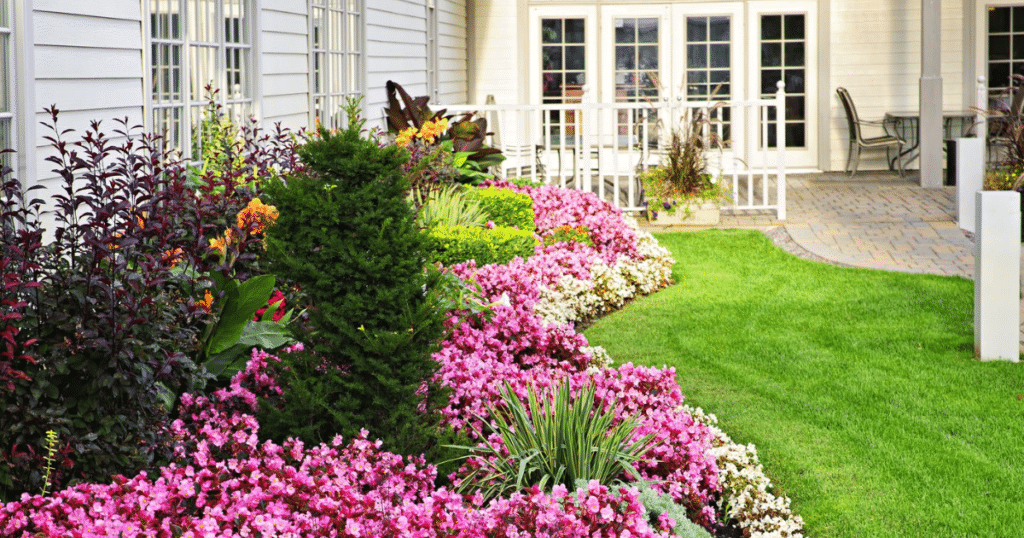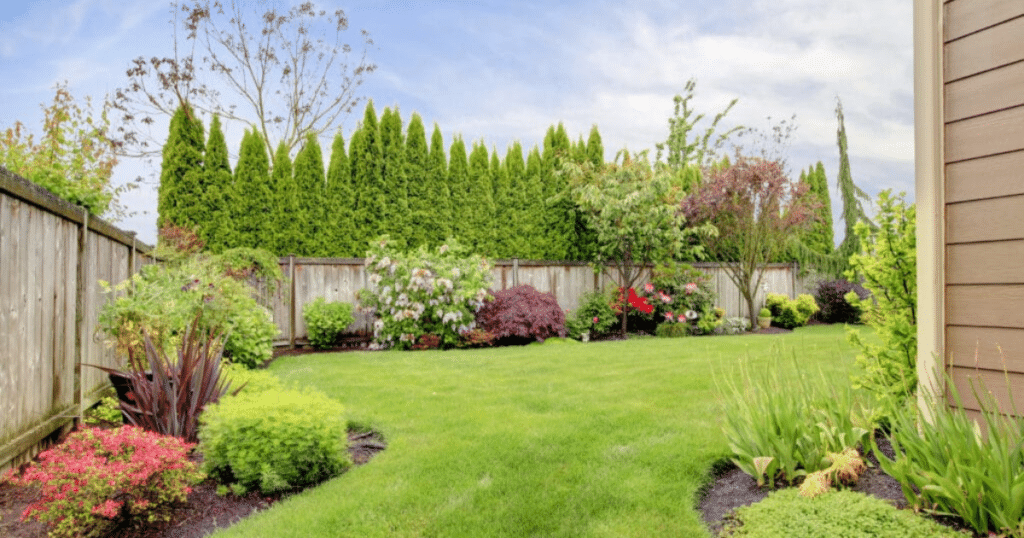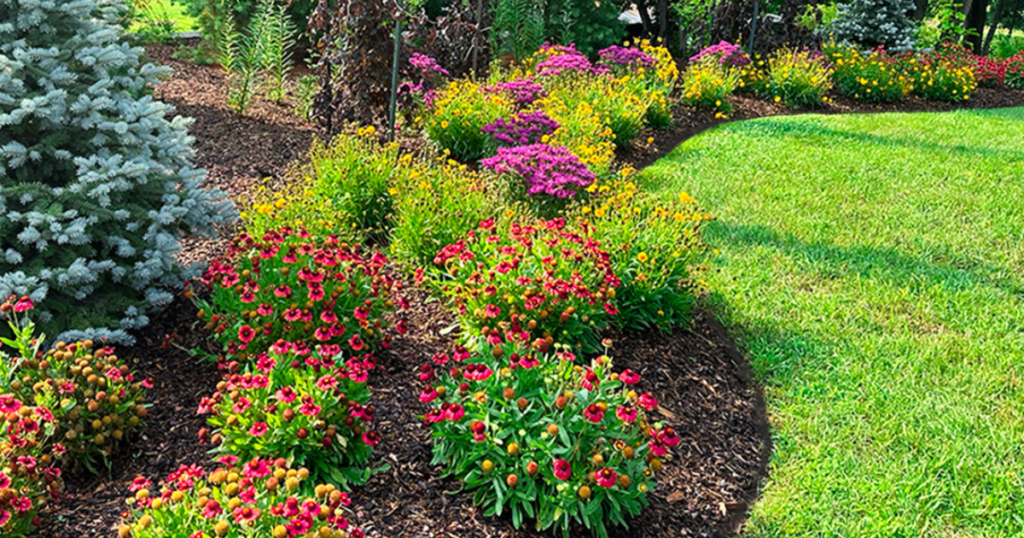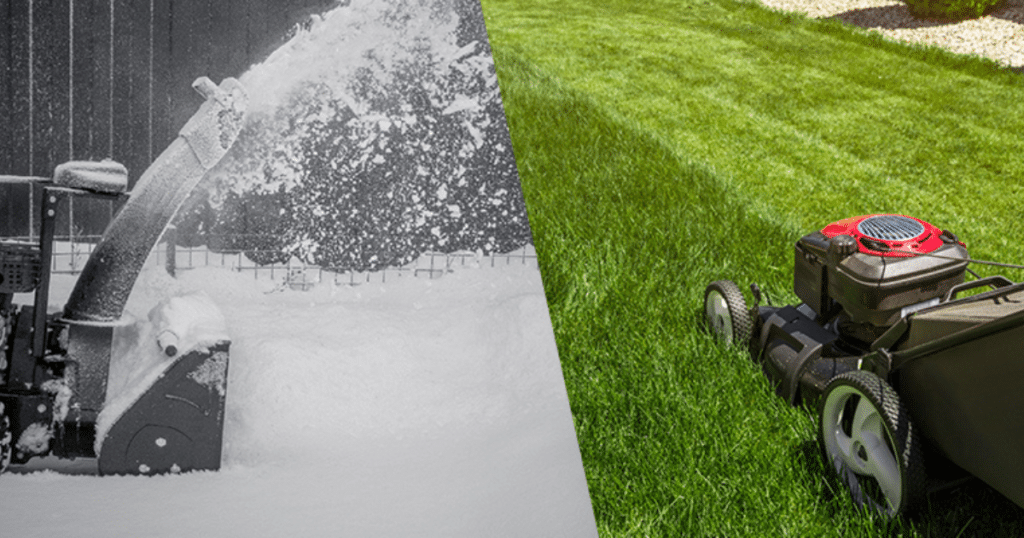Enhancing Visual Appeal Through Pruning
Pruning, often overlooked or misunderstood, is not merely about shaping shrubs or trees; it’s about nurturing vitality, fostering resilience, and cultivating beauty in our customer’s garden landscapes.
At its core, pruning is the deliberate act of trimming away specific parts of plants to promote healthier growth and desirable aesthetics. It’s a practice rooted in both artistry and science, requiring an understanding of plant physiology, growth patterns, and the dynamics of ecosystems.
One of the primary reasons for pruning is to maintain plant health. By removing dead, damaged, or diseased branches, our experts prevent the spread of pathogens and pest infestations, safeguarding the overall well-being of the garden ecosystem. Moreover, proper pruning encourages the development of strong, vigorous shoots and promotes air circulation and sunlight penetration, essential for photosynthesis and optimal growth.
Beyond health, pruning plays a pivotal role in shaping the visual appeal of the garden. With careful pruning, gardeners can sculpt plants into desired forms, enhancing symmetry, balance, and structure. Whether it’s training a climbing rose along a trellis or shaping a bonsai tree into a miniature masterpiece, pruning empowers gardeners to unleash their creativity and designs living artworks.
Timing is crucial in the art of pruning. Different plants have varying growth habits and seasonal cycles, necessitating tailored pruning schedules. For instance, dormant pruning, conducted during the plant’s winter dormancy, is ideal for many deciduous trees and shrubs, as it minimizes stress and encourages vigorous spring growth. On the other hand, summer pruning is suitable for shaping and controlling growth, promoting flowering, and improving fruit production in certain species.
While the benefits of pruning are manifold, it’s essential to approach the task with mindfulness and precision. Overzealous pruning, often referred to as “butchery”, can harm plants, compromising their health and aesthetics. Striking the right balance between restraint and intervention is key, allowing plants to thrive while preserving their natural beauty.
Moreover, adopting sustainable pruning practices is vital for fostering ecological harmony in the garden. Instead of discarding pruned branches and clippings, consider composting them to enrich the soil or using them as mulch to retain moisture and suppress weeds. By embracing a holistic approach to pruning, gardeners can minimize waste and nurture a self-sustaining ecosystem.
In addition to traditional pruning techniques, modern advancements offer innovative tools and methods to refine the art of pruning further. From precision pruning shears to electric hedge trimmers and even robotic pruners, technology empowers gardeners to achieve precision and efficiency in their pruning endeavours.
Ultimately, the importance of turning extends far beyond the physical act of trimming foliage; it embodies a profound connection between gardener and garden. Pruning brings a landscape to its fullest potential, maximizing its beauty and showing its richness.

